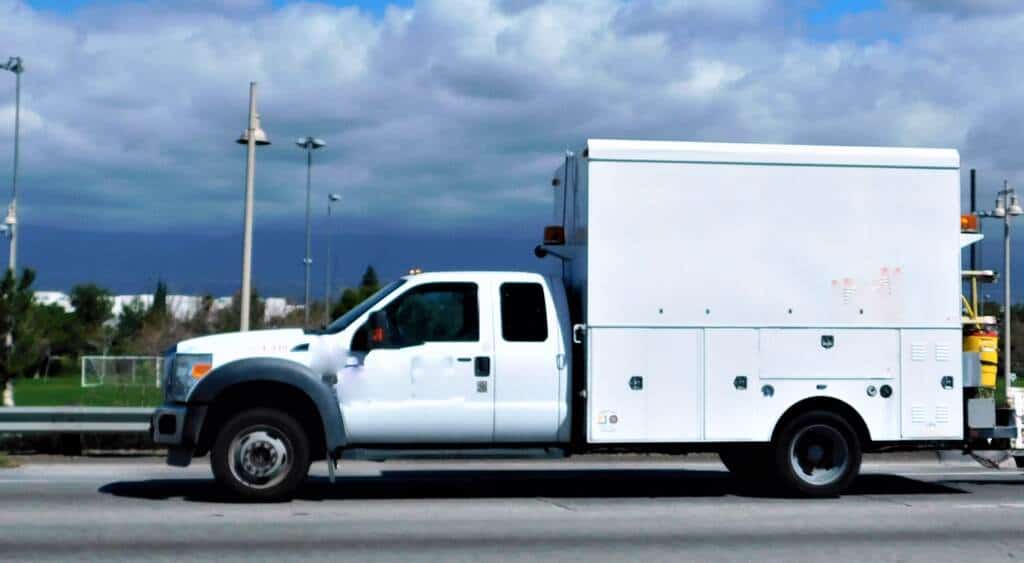Introduction: In today’s crowded digital marketplace, cutting through the noise and capturing attention is increasingly difficult. Traditional billboards often come with sky-high costs and offer limited engagement opportunities. Advertising professionals know how hard it is to make a lasting impression in such a competitive environment. Enter the mobile billboard trailer—a cost-effective, flexible solution that takes your message directly to your target audience, moving through high-traffic areas to maximize exposure. But is it a good match for your brand? In this article, we’ll explore the concept, challenges, ROI measurement, and why there may be even more effective advertising strategies available.
What is Mobile Billboard Trailer Advertising?
A mobile billboard trailer is essentially a portable billboard mounted on a trailer towed by a car, truck, or even a scooter or bicycle. This form of out-of-home (OOH) advertising allows businesses to showcase their ads in dynamic locations, reaching different audiences as the trailer moves through various neighborhoods, cities, or event spaces. It’s an innovative way to reach potential customers who may not be exposed to your message through static billboards or digital channels.

Types of Mobile Billboard Trailers:
1. Car/Truck-Towed Billboards – This is the most common format, where a large billboard is mounted on a trailer pulled by a vehicle. These billboards can be stationed at events or driven through high-traffic areas for maximum visibility.
2. Scooter/Bicycle-Towed Billboards – For brands looking for a more eco-friendly or cost-effective approach, scooter or bicycle-towed mobile billboards offer a smaller, more agile option. They are ideal for city centers, festivals, or outdoor events where traditional vehicles may struggle to navigate.
3. Digital Mobile Billboards – Some trailers come equipped with digital screens that can display rotating messages or videos, adding a more dynamic and engaging element to the advertising campaign.
Challenges of Mobile Billboard Trailer Advertising: While mobile billboard trailers provide versatility and high visibility, they are not without their drawbacks. Understanding these challenges can help you make informed decisions about whether this format is right for your advertising strategy.
1. Targeting Limitations: One of the main challenges of mobile billboard trailer advertising is the difficulty in targeting specific demographics. Unlike digital advertising, where marketers can tailor ads to specific audiences based on browsing behavior, mobile billboards rely on geographical exposure. This makes it difficult to guarantee that your ad will be seen by your ideal customers.
2. Driver Control Issues: Ensuring that the mobile billboard is in the right location at the right time can be challenging, especially if you’re working with third-party drivers. Traffic delays, route changes, or driver negligence can significantly affect the effectiveness of the campaign. Inconsistent driving patterns can limit the exposure of your ad to the areas with the highest foot or vehicle traffic.
4. Weather Dependence: Outdoor advertising is highly susceptible to environmental factors. Rain, fog, or poor lighting conditions can diminish the visibility of your mobile billboard trailer, reducing its effectiveness.
How to Measure ROI for Mobile Billboard Trailer Advertising: Measuring the return on investment (ROI) for mobile billboard trailers requires a combination of traditional OOH metrics and specific tracking methods.
1. Reach and Impressions: As with other forms of OOH advertising, reach refers to the number of people who potentially see your ad, while impressions are the number of times your ad is actually viewed. Traffic data from the routes the billboard travels on can be used to estimate both metrics. Comparing these figures to other OOH options can help put mobile billboard trailers into context. For instance, while the average CPM for a traditional billboard may range from $5 to $20, mobile billboard trailers often offer a lower CPM due to their mobility and flexible targeting.
2. Tracking Conversions: Tracking conversions for a mobile billboard trailer campaign can be more complex than digital campaigns but can still be accomplished. By using QR codes, dedicated landing pages, or specific promotional codes, you can measure direct consumer engagement. Social media mentions and brand lift surveys can also be useful indicators of the campaign’s impact.
3. Comparative CPM: Compared to other OOH advertising formats like static billboards or transit ads, mobile billboard trailers typically offer a competitive CPM due to their ability to move through high-traffic areas. For instance, while static billboards might have a CPM of $8 to $16, mobile billboards can fall in the $4 to $8 range, depending on the campaign and location.
FAQs:






